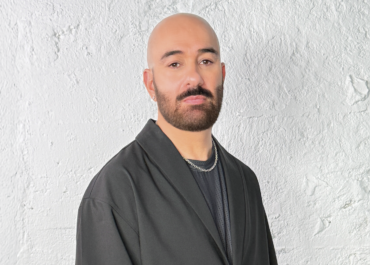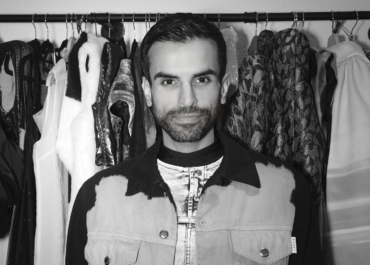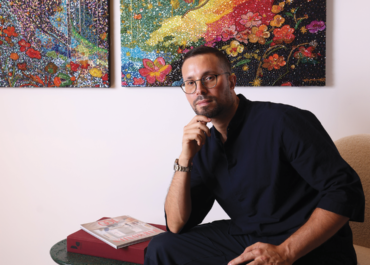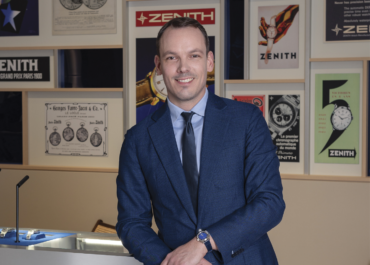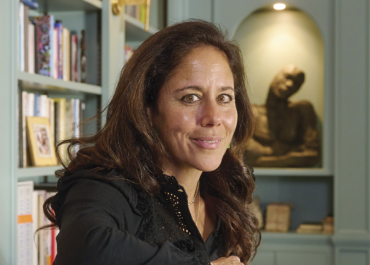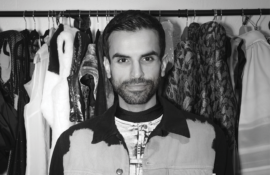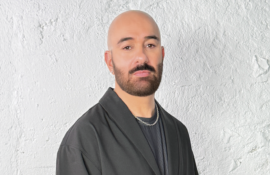Storytelling is one of the key skills we should all have as we move into the future, as our ability to tell stories and move people through human connection becomes more crucial than ever.
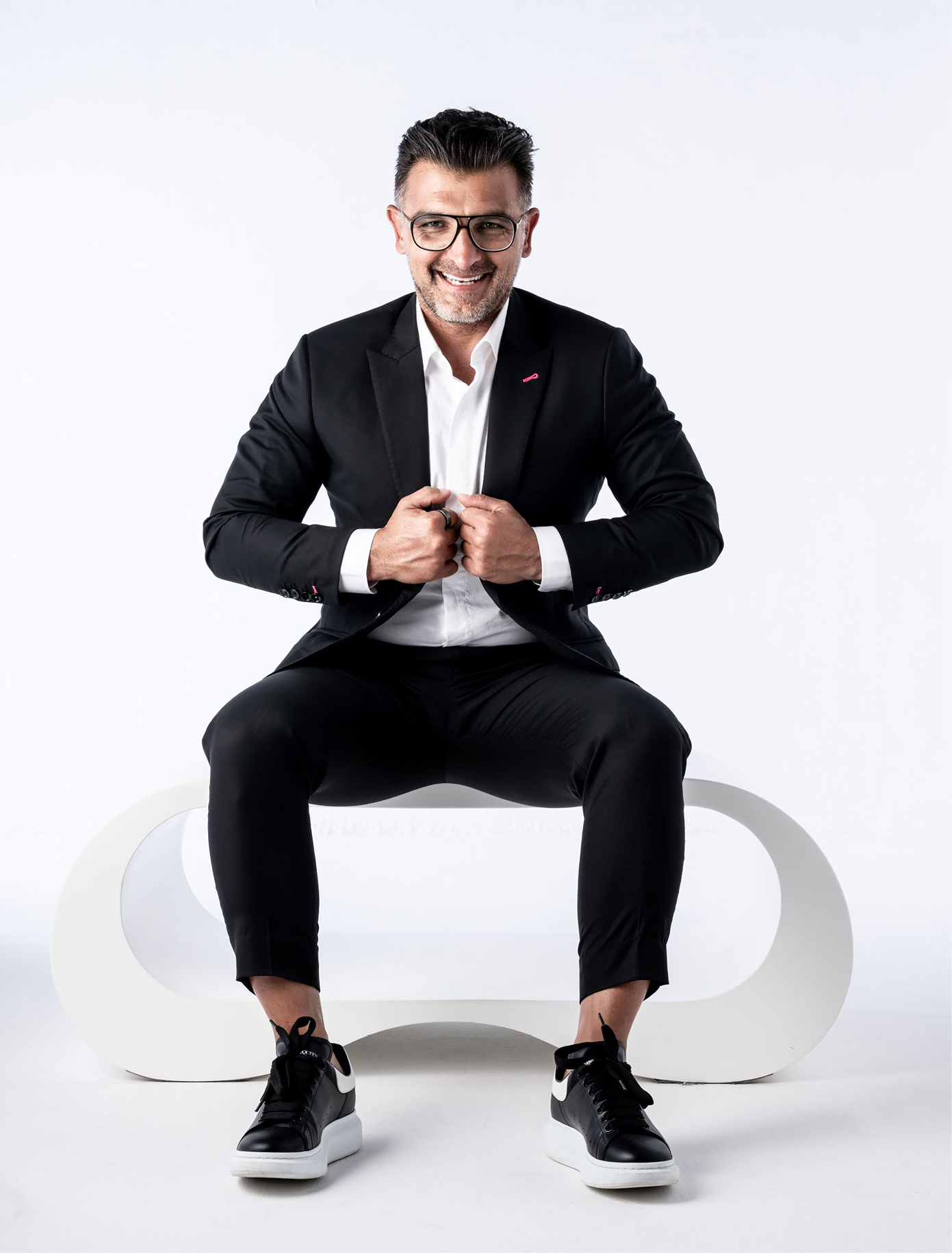
What I believe will happen in the future with AI, is that the human connection we require to get things going will be by far the most important thing. AI will be everywhere, giving us all the rudimentary things; human connection will be missing.
When it comes to human connection, your ability to be a storyteller will be huge. So, we all need to start thinking about how much of a good storyteller we are, what the constructs of storytelling actually are, and how we want to engage and become more aware of our storytelling skills.
There are two different types of storytelling processes: Conversation and presentation. If you are presenting, you require a certain set of skills for storytelling, but in conversation, you have to create a dance. When most people are in a conversation, they don’t dance with the person. They are so eager to tell the story that they don’t go through the process of asking questions or anything like that. A great quote says, “Change your questions, change your life”. In other words, when you are incredibly interested and fascinated by somebody else’s story, you become richer in your own way of telling stories because you learn more. The highest form of wisdom is someone who’s interested in other people’s opinions. If you are not wise, you don’t ask questions, so you will never learn. Storytelling requires you to ask questions when you’re in a conversation, and then ask further questions and then wait for someone to be engaged with you before you can start to be engaged. You need to architect conversations to allow the story to come alive, and in that process, you can learn more. As we move into the age of AI, it’s important to be more interested, fascinated, and curious. Show your wisdom and then allow it to bubble up into a type of storytelling.
The second type of storytelling is presentation, which is what we will all be doing more of because of how the world is going. To present well as a great storyteller, you need to answer only one question in that presentation. When they go into presentation mode, most people overtalk and share facts and information that can be accessed elsewhere. What you need to do is create an eagles point of view on the topic. In other words, you want to be able to move away as far up as you can, to be able to contextualise the topic in as broad terms as possible.
You must be confident at building a rollercoaster experience within your presentation. What I mean by that is that you must be comfortable enough to take your audience into a place of fear and then take them to an answer. So you’re not just coming out with facts; you’re actually taking them on a rollercoaster journey so they become emotionally involved in the topic, and you sync them into the reality of where you’re moving towards. You need to show them the challenge of the answer you want to give. If you don’t create that drama, your response to a question will be arbitrary because they won’t be emotionally involved.
We have to be emotional and surprising, and we have to understand that most people in our audience will have seen and read a lot. In the past, we weren’t as exposed, but today, everyone has seen and has access to everything, so people have much better knowledge and therefore, we have to become incredibly surprising in the way we go about connecting those unexpected dots.
In my presentations, I like to ‘tackling the elephant in the room’. My audience loves this. When I talk about what I perceive to be the elephant in the room, there is always nervous giggling from the audience. We see this when something is said that everyone has been thinking but no one has actually been saying. This allows people to look at their own issues and stories in a new format and surprising way so they leave thinking about things differently.
In summary, we have so many different ways of understanding storytelling but if you’re not authentic and you’re not truly vulnerable about the things you’ve learnt in the process, you are not going to capture your audience. Have the courage to take your audience on the rollercoaster.
This is how we can differentiate ourselves from AI. AI will never have a human connection, and there will always be a demand for it. AI is not going to replace us, but the humans who are going to succeed in this new generation are the ones who are authentic and vulnerable in their ability to tell stories that move people.


